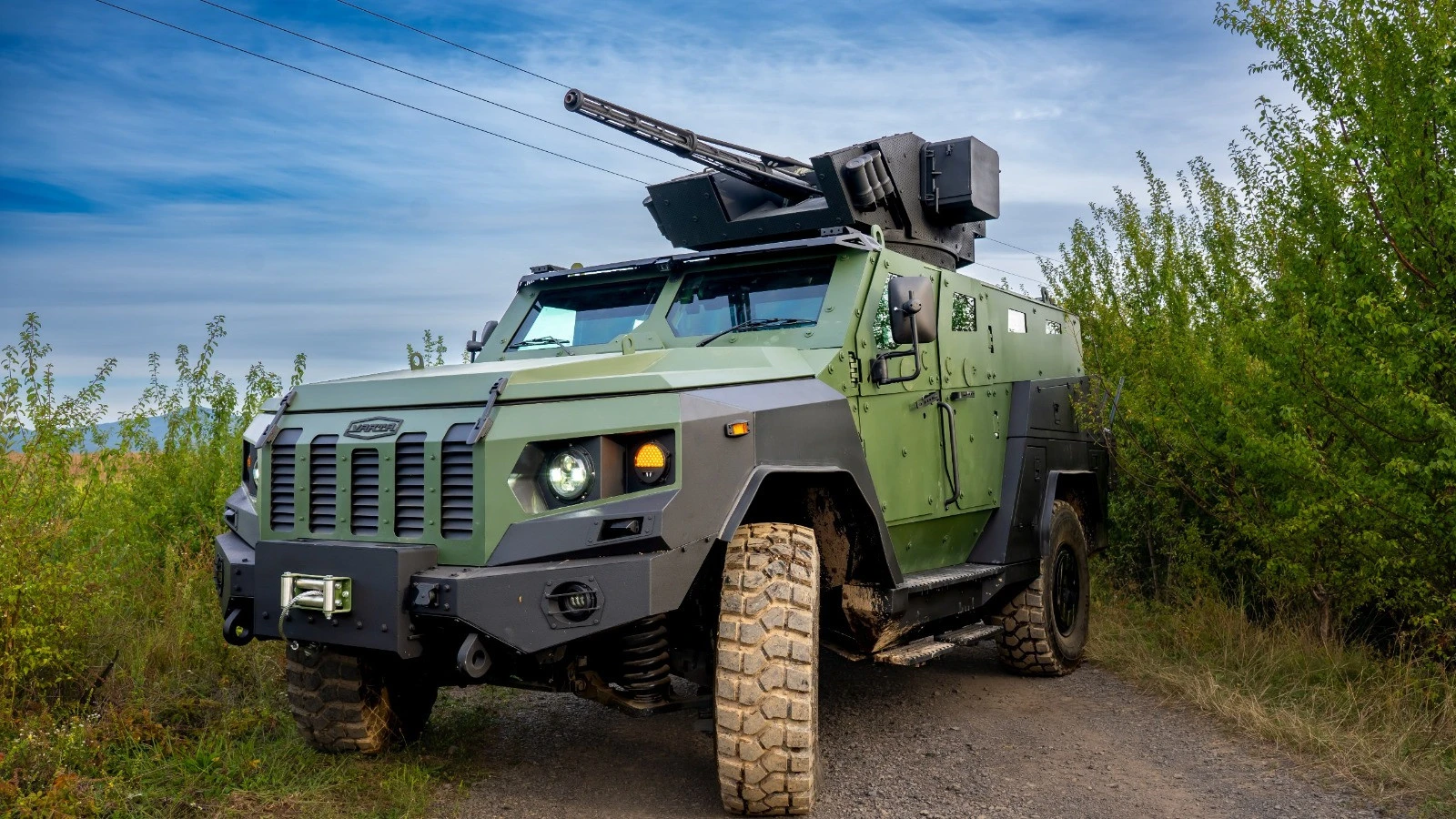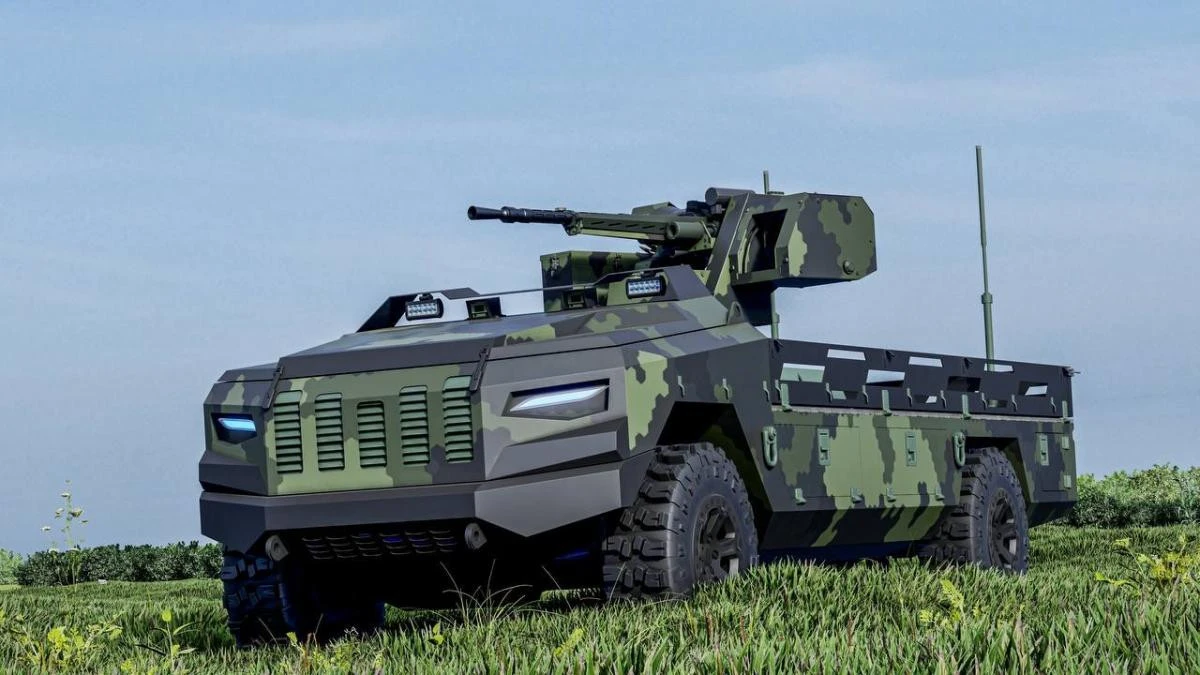
Ukraine stuns at Polish arms show, China's UAV export ban hits drone supplies. Serhiy Zgurets’ column
Foreign media report that Ukrainian President Zelenskyy plans to attend the Ramstein Group meeting on September 6. With ongoing Russian attacks, Ukraine needs more weapons and air defense support from its allies
President Volodymyr Zelenskyy to attend Ramstein Group meeting
Volodymyr Zelenskyy plans to personally attend the meeting of defense ministers in the Ramstein format, which will take place today in Germany, according to several foreign outlets. Ukraine seeks to obtain more weapons, and faster. This urgency is driven by harsh realities: several newly formed brigades need equipment, while older brigades that have been holding the defense line for a long time also need to replenish lost combat equipment and require ammunition. Ukrainian cities need stronger air defense coverage amid the missile terror that Russia is systematically and without any restraint conducting.
Romania to supply Patriot system to Ukraine, Germany orders 17 IRIS-T systems for the Ukrainian army
Recently, the supply of equipment and weapons has significantly decreased. The pace of ammunition deliveries from European partners does not match previous promises, although there have been positive developments with air defense systems. Recentrly, it was announced that the President of Romania signed a decision to donate Ukraine a Patriot battery, an agreement made at the recent NATO summit. Germany, on the other hand, promises to manufacture 17 IRIS-T systems of various short- and medium-range modifications for Ukraine. Two of these systems will be delivered this year, with the remaining ones arriving in 2025.
The U.S. doesn't allow strikes on Russian territory with American weapons
Regarding the U.S., there are certain nuances, particularly concerning the use of $14 billion from the total $60 billion aid package. So far, only $2 billion of the $14 billion has been utilized. The remaining funds allow for at least $1 billion in U.S. assistance per month. However, the quick aid packages that involve transferring equipment from Pentagon reserves are estimated at $125-200 million monthly.
Additionally, the ban on using American long-range missiles to strike the Russian Federation remains in place. All these factors are being considered together. This may be one of the complex reasons President Zelenskyy plans to address at the upcoming defense ministers' meeting in Ramstein. It is difficult to predict how Zelenskyy's presence will influence Ukraine's partners, but without accelerated weapons deliveries, the Ukrainian Defense Forces may face greater challenges. We are hopeful for positive outcomes.
Ukrainian Armor showcases new weaponry at exhibition in Poland
Ukrainian Armor CEO Vladyslav Belbas shared that the company is represented in Kielce at the joint stand of the NAUDI Association of Defense Industry Employers. This year, it is the largest exhibition stand, both in size and number of participants. According to Belbas, the focus is on new Ukrainian defense armored vehicles, including the ground-based UAV Protector and the armored vehicle Varta 2. He emphasized that Varta 2 is the next generation of armored vehicles—significantly lighter, with enhanced armor protection, improved speed, and off-road capabilities. It features a 400 mm ground clearance and independent suspension, with suspension elements mounted directly to the vehicle’s body. The vehicle also has spaced armor and a suspended floor, meaning the crew seating is not rigidly attached to the vehicle’s frame.

Varta 2 armored vehicle, August 2024 (photo: Ukrainian Armor)
The Varta 2, presented with a series-produced Sich combat module, is already approved for operation. In this configuration, the module is installed on BMP vehicles, making the Varta 2 a fully-fledged armored machine with substantial firepower.
Belbas also discussed a new unmanned ground platform, which is compact, low-profile, and highly load-bearing, designed for multifunctional tasks. One key feature of the Protector ground-based robotic complex is its control range, exceeding 20 km, far surpassing the 1 km range typical of other unmanned systems. The Protector can carry and deploy 10 to 20 small drones close to enemy lines for tasks like mine-laying. Additionally, a combat module can be mounted on the platform, which can reach speeds up to 100 km/h. While unmanned systems are always in demand, they are often expensive, so the company aimed to produce cost-effective solutions for Ukraine’s Defense Forces.

Protector robotic ground platform (photo: Ukrainian Armor)
Belbas concluded by outlining the next steps for the Varta 2 and Protector systems. After the exhibition, these machines will be brought to the prototype testing stage, after which their technical characteristics will be finalized, and the company will seek customer approval and pricing for these systems.
China's export ban on drone components won't affect supplies for Ukraine's Defense Forces
Vadym Yunyk, President of the Ukrainian Technology Forces Association and Chairman of the Supervisory Board of a defense technology company, stated that China's restrictions on exporting drone components affect all types of drone parts. These restrictions will undoubtedly impact all drone manufacturers in Ukraine. However, Yunyk believes most drone producers were prepared for this outcome, as it was only a matter of time. China views Russia as a partner and Ukraine as an adversary.
Yunyk explained that this decision by China poses a challenge for Ukraine, highlighting the need for the localization of drone production. Although this issue has been raised repeatedly, there are significant obstacles beyond production itself, particularly with the legislative framework. While there are various tax incentives for drone manufacturers, specific components do not receive the same benefits. For example, thermal imaging sensors, which are part of drones, can be imported under certain tax exemptions. However, if these sensors are produced in Ukraine, all components used in their manufacture are taxed. As a result, Ukrainian-made thermal imaging sensors end up being 20% more expensive than those imported from abroad.
Localizing drone component production in Ukraine at 100% is very challenging
Vadym Yunyk noted that despite several challenges, the supply of drones to Ukraine's Defense Forces is unlikely to be disrupted. Most Ukrainian drone manufacturers do not have direct contracts with China. Signing such contracts would expose the manufacturers' details, including key personnel and facility locations, which could be highly detrimental if this information reaches Russia. Therefore, Yunyk emphasized that contracts should be handled only through intermediaries, particularly in European countries. If companies were prepared for these restrictions, China's bans and limitations would not significantly impact drone production in Ukraine, as components could still be ordered through European intermediaries.
Yunyk also clarified that achieving 100% localization of drone component production in Ukraine is currently unrealistic. While this would be ideal, essential parts, like microchips, are crucial in all electronics. Ukraine does not have any facilities to produce these chips, which are primarily manufactured in countries like South Korea, China, and a few others. Thus, fully localizing drone component production in Ukraine would require significant time and resources.
- News












































